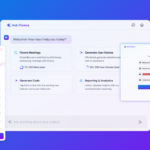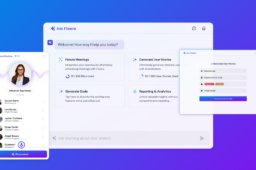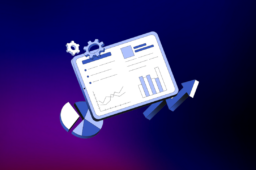
Agile, Scrum, Kanban: A Beginner’s Guide to Modern Workflows
- April 14, 2025
- by
- tehreem
Traditional project management methods often result in delayed timelines, inflexible plans, and lack of adaptability. Teams struggle with fast-changing priorities, misaligned goals, and communication silos.
This creates bottlenecks, burns out team members, and causes wasted time and resources. In fact, according to a 2023 PMI report, 47% of unsuccessful projects fail due to poor requirements management and lack of agility.
Enter Agile, Scrum, Kanban – three modern, flexible frameworks that empower teams to deliver better results, faster, and with more collaboration. This beginner-friendly guide will help you understand each methodology, how they compare, and how to apply them to your own projects.
What is Agile?
Agile is a mindset and methodology for iterative and incremental project management. Born out of the Agile Manifesto in 2001, it emphasizes adaptability, customer collaboration, and responding to change over rigid plans.
Core principles of Agile include:
- Individuals and interactions over processes and tools
- Working software over comprehensive documentation
- Customer collaboration over contract negotiation
- Responding to change over following a plan
Agile project management focuses on delivering small, functional parts of a project, called increments, in short cycles known as iterations or sprints. This fosters frequent feedback, continuous improvement, and early detection of issues.
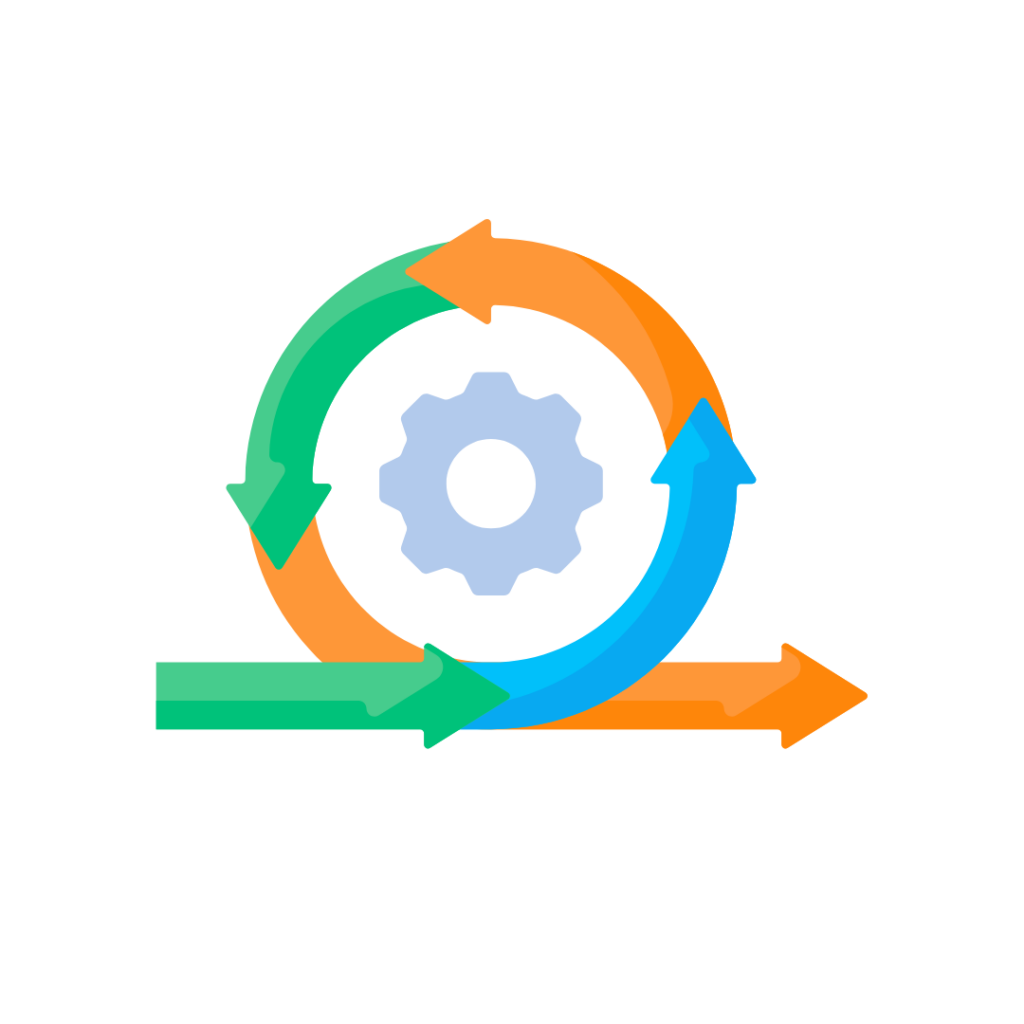
Benefits of Agile workflows:
- 60% higher project success rate compared to traditional methods (Standish Group Report)
- Faster time-to-market
- Enhanced team collaboration
- Better alignment with customer needs
Agile is widely adopted in software development, but its flexibility makes it suitable across industries like healthcare, finance, marketing, and logistics.
Deep Dive into Scrum
Scrum is a specific Agile framework designed for delivering complex projects in iterative cycles. It originated from a 1995 paper by Ken Schwaber and Jeff Sutherland and remains one of the most popular Agile practices.
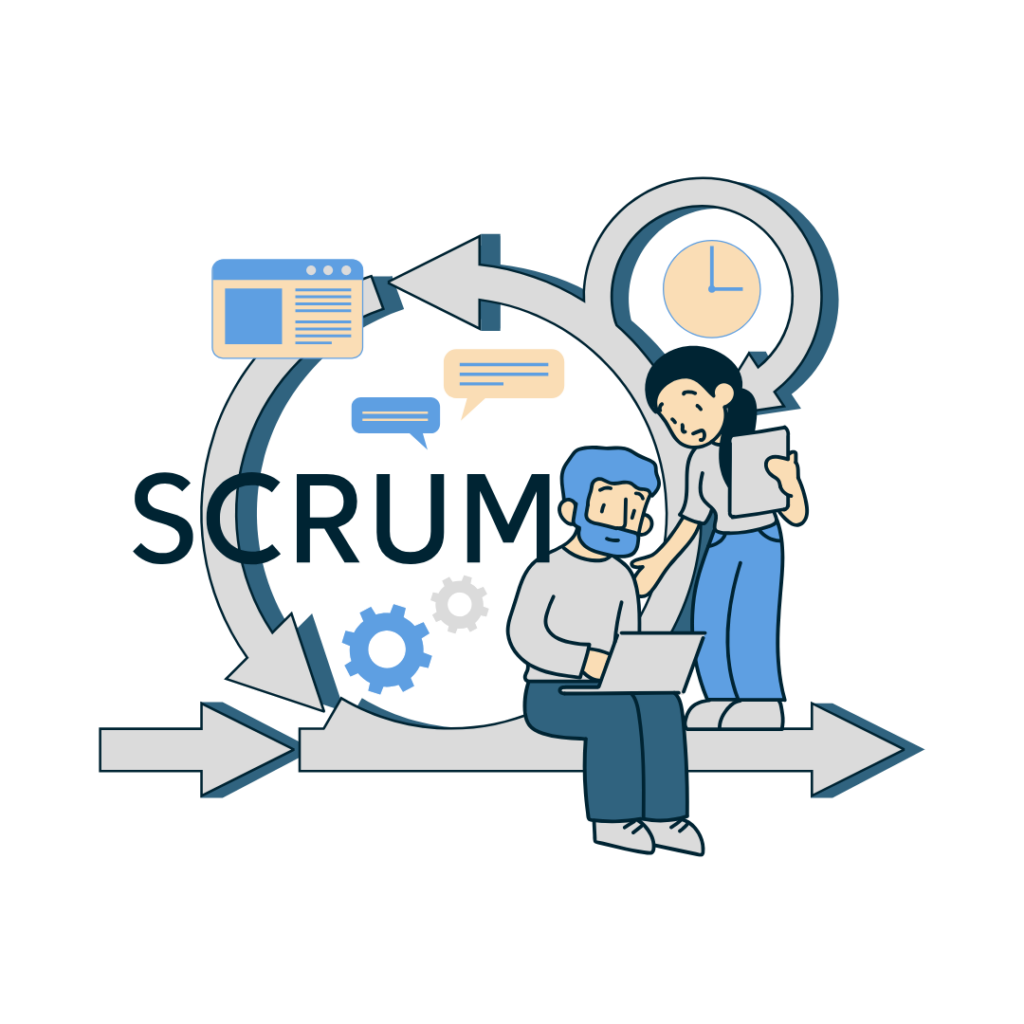
Key Components of Scrum:
Roles:
- Product Owner: Represents stakeholders, prioritizes the product backlog.
- Scrum Master: Facilitates the process, removes obstacles, and ensures Scrum practices.
- Development Team: Cross-functional team members who build the product.
Artifacts:
- Product Backlog: A prioritized list of features and requirements.
- Sprint Backlog: Tasks selected for the current sprint.
- Increment: The completed product functionality after a sprint.
Events:
- Sprint Planning: Team plans what to deliver in the next sprint.
- Daily Scrum (Stand-up): A 15-minute check-in for progress updates.
- Sprint Review: Product demonstration to stakeholders.
- Sprint Retrospective: Reflection on what went well and areas of improvement.
Each sprint usually lasts 2-4 weeks, during which a potentially shippable product increment is delivered. This promotes agility, rapid feedback, and product refinement.
Scrum in Practice
Companies like Spotify and Microsoft rely heavily on Scrum to foster innovation and speed. According to the 14th State of Agile Report, over 58% of Agile teams use Scrum or a Scrum hybrid.
Scrum improves transparency, accountability, and predictability. It is ideal for projects with evolving requirements and frequent feedback loops.
Exploring Kanban
Kanban is a visual workflow management method focused on continuous delivery and efficiency. Developed by Toyota in the 1940s to improve manufacturing, Kanban is now widely used in knowledge work, especially software, marketing, and operations.
Core Principles of Kanban:
- Visualize the workflow: Use boards and cards to track tasks.
- Limit Work in Progress (WIP): Prevent overload and multitasking.
- Manage flow: Focus on optimizing task progression.
- Make process policies explicit: Clarify guidelines and expectations.
- Implement feedback loops: Regular reviews and retrospectives.
- Improve collaboratively: Encourage data-driven improvements.
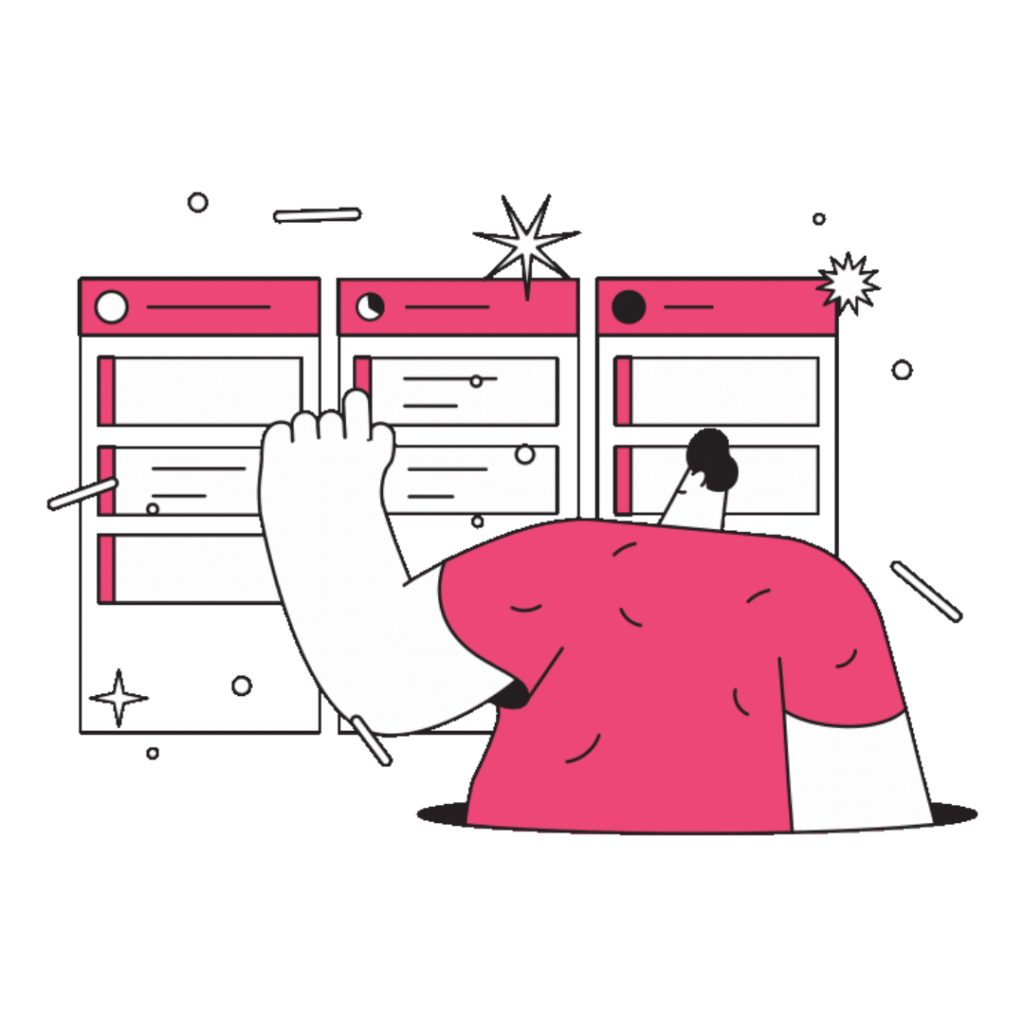
The Kanban Board
A Kanban board typically has columns like To Do, In Progress, Review, Done, and cards representing tasks. Tools like Trello, Jira, and Asana make it easy to implement.
Kanban is especially useful in environments where priorities shift often, and team members handle multiple responsibilities. It offers:
- Real-time visibility into progress
- Enhanced focus and reduced context switching
- Shorter cycle times
- Continuous delivery without sprint planning
According to the Lean Enterprise Institute, Kanban practices can improve productivity by up to 40% and reduce project delivery times by 37%.
Unlike Scrum, Kanban does not prescribe roles or time-boxed iterations, making it a flexible fit for teams that need adaptability over structure.
Comparing Scrum and Kanban
Both Scrum and Kanban are Agile methodologies, but they differ in structure, planning, and approach.
| Feature | Scrum | Kanban |
| Roles | Defined roles (Product Owner, Scrum Master) | No mandatory roles |
| Iterations | Time-boxed sprints (2-4 weeks) | Continuous flow |
| Planning | Sprint Planning before each iteration | Ongoing planning |
| Work Visualization | Sprint Backlog | Kanban board |
| Work Limits | Not enforced explicitly | WIP limits enforced |
| Change Management | Limited changes during sprint | Changes anytime |
When to use Scrum:
- Projects with evolving requirements
- Teams seeking structure and regular cadence
When to use Kanban:
- Continuous delivery is key
- Teams juggling various responsibilities
Combining both approaches can offer the best of both worlds—structured agility and continuous improvement.
Steps to Implement Scrum in Your Team
Here’s how to get started with Scrum in your team:
- Identify Scrum Roles: Assign a Product Owner, Scrum Master, and cross-functional Development Team.
- Create a Product Backlog: Prioritize features, enhancements, and fixes. Use tools like Jira or Azure DevOps.
- Plan Your First Sprint: Choose backlog items for the sprint, define a sprint goal, and break tasks into manageable pieces.
- Daily Scrum Meetings: Hold 15-minute standups to discuss progress, blockers, and plans.
- Conduct Sprint Review and Retrospective: Showcase completed work, gather feedback, and reflect on improvements.
- Repeat and Iterate: Scrum is cyclical—each sprint is an opportunity to refine your process.
Tips for success:
- Keep meetings time-boxed.
- Foster psychological safety to encourage open communication.
- Track progress using burndown charts and velocity metrics.
Companies like Salesforce and IBM have scaled Scrum across departments, improving delivery speed and team alignment.
👉 Looking to take your Scrum implementation to the next level? ONtezo introduces Flowra – your AI-powered assistant that automatically generates daily standups, identifies blockers, summarizes sprint updates, and keeps your team aligned in real time. Save time, reduce manual reporting, and supercharge your Agile workflow with Flowra.

Adopting Kanban for Workflow Optimization
To implement Kanban, follow these steps:
- Design a Kanban Board: Start with three columns: To Do, In Progress, Done. Customize based on your workflow.
- Visualize All Tasks: Break work into individual cards. Use digital tools or physical boards.
- Set WIP Limits: Define how many tasks can be in each column. Start with 2-3 per team member.
- Track and Improve Flow: Measure cycle time (start to finish), throughput, and identify bottlenecks.
- Hold Regular Reviews: Weekly reviews help assess performance and introduce improvements.
Best practices:
- Make policies explicit and visible to all.
- Encourage team ownership and accountability.
- Start small, and evolve the board as needed.
Kanban helps reduce delays and makes workloads manageable. It’s especially effective in service teams, support desks, and DevOps.
A 2022 Forrester report found that teams using Kanban saw a 25% reduction in time spent on task-switching.
Combining Scrum and Kanban: Scrumban
Scrumban is a hybrid methodology that merges the structure of Scrum with the flow-based flexibility of Kanban. It’s ideal for teams that want the regular cadence of Scrum but need continuous delivery and prioritization.
Features of Scrumban:
- Kanban board with WIP limits
- Optional Scrum roles and ceremonies
- No fixed-length sprints (or optional)
- Continuous backlog refinement
Scrumban is popular in teams transitioning from Scrum to Kanban, or in fast-paced environments like startups and marketing teams.
Use Scrumban when:
- Your team needs flexibility but benefits from light structure
- Work arrives unpredictably
- Deliverables vary in scope
Common Challenges and Solutions in Agile Adoption
Challenge 1: Resistance to Change Solution: Provide Agile training, involve stakeholders early, and highlight benefits.
Challenge 2: Misunderstanding Agile Principles Solution: Educate on Agile values, not just ceremonies. Avoid “doing Agile” over “being Agile.”
Challenge 3: Poor Collaboration Solution: Use communication tools (Slack, MS Teams), conduct regular stand-ups, and create cross-functional teams.
Challenge 4: Measuring Success Solution: Use Agile KPIs like velocity, cycle time, lead time, and customer satisfaction.
According to McKinsey, organizations with strong Agile capabilities are 1.5x more likely to outperform competitors in speed and adaptability.
FAQs
1. What is the difference between Agile and Scrum?
Agile is a mindset; Scrum is a framework within Agile.
2. Can Kanban be used in non-software projects?
Yes! Kanban is used in marketing, HR, finance, and more.
3. How long should a Scrum Sprint last?
Typically 2 to 4 weeks.
4. Is it possible to switch from Kanban to Scrum?
Yes, and vice versa. Choose what suits your team best.
5. What tools are recommended for Agile methodologies?
Jira, Trello, ONtezo, Asana, and ClickUp
Whether you choose Agile, Scrum, Kanban, or a combination like Scrumban, modern workflows empower your team to adapt, collaborate, and deliver value consistently. These frameworks promote transparency, reduce waste, and align teams around shared goals.
Start small, experiment, and iterate. The key to Agile success is not in rigidly following practices but in embracing continuous improvement and a customer-first mindset. With the right approach, your team can achieve 10x productivity and greater stakeholder satisfaction.
Ready to elevate your team’s Agile practices? Explore ONtezo’s Flowra – your smart assistant to automate standups, surface blockers, and generate agile reports effortlessly.

